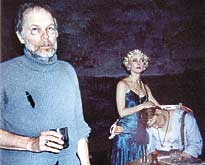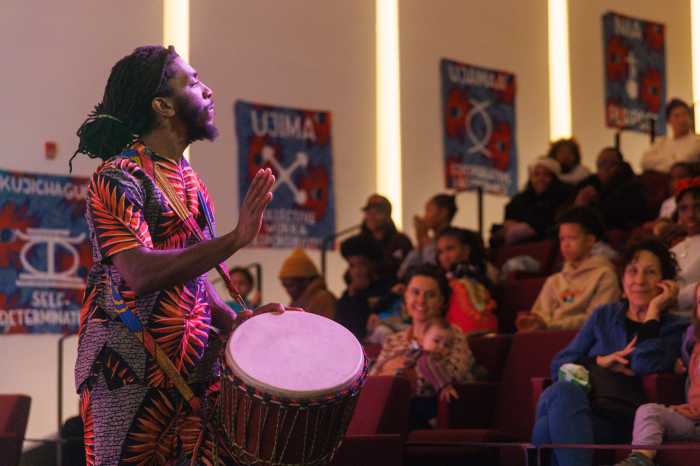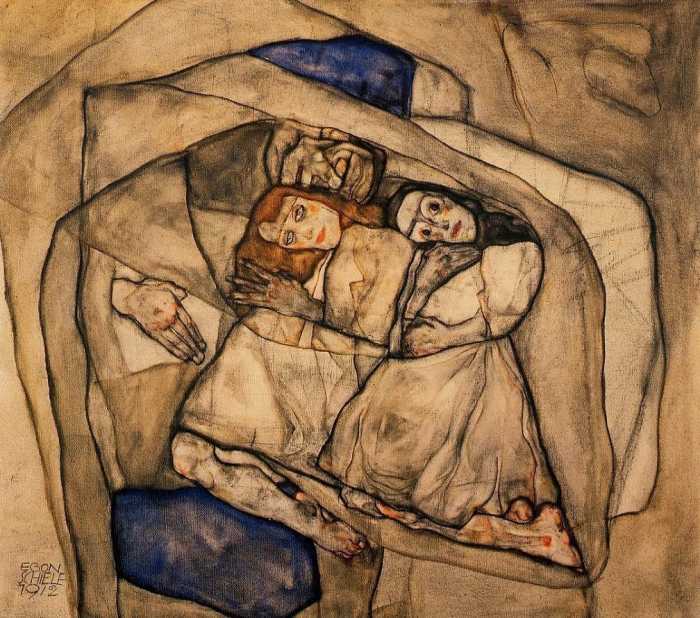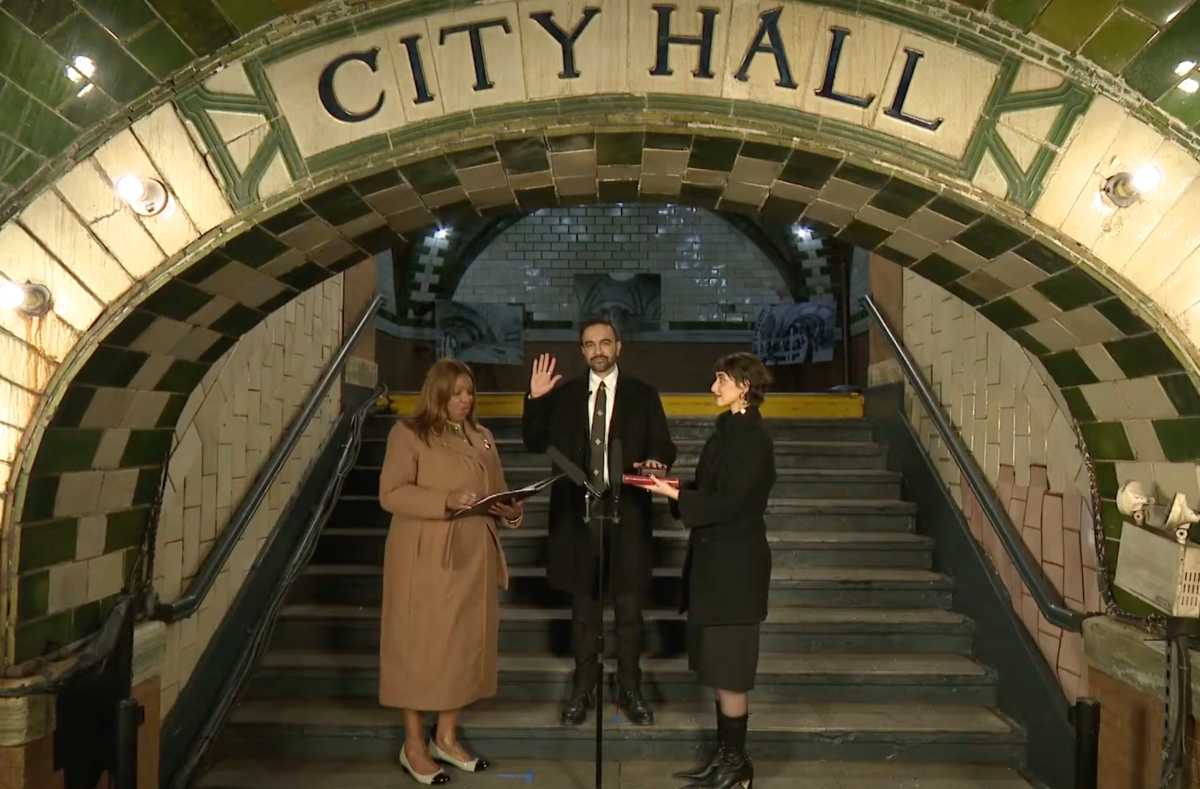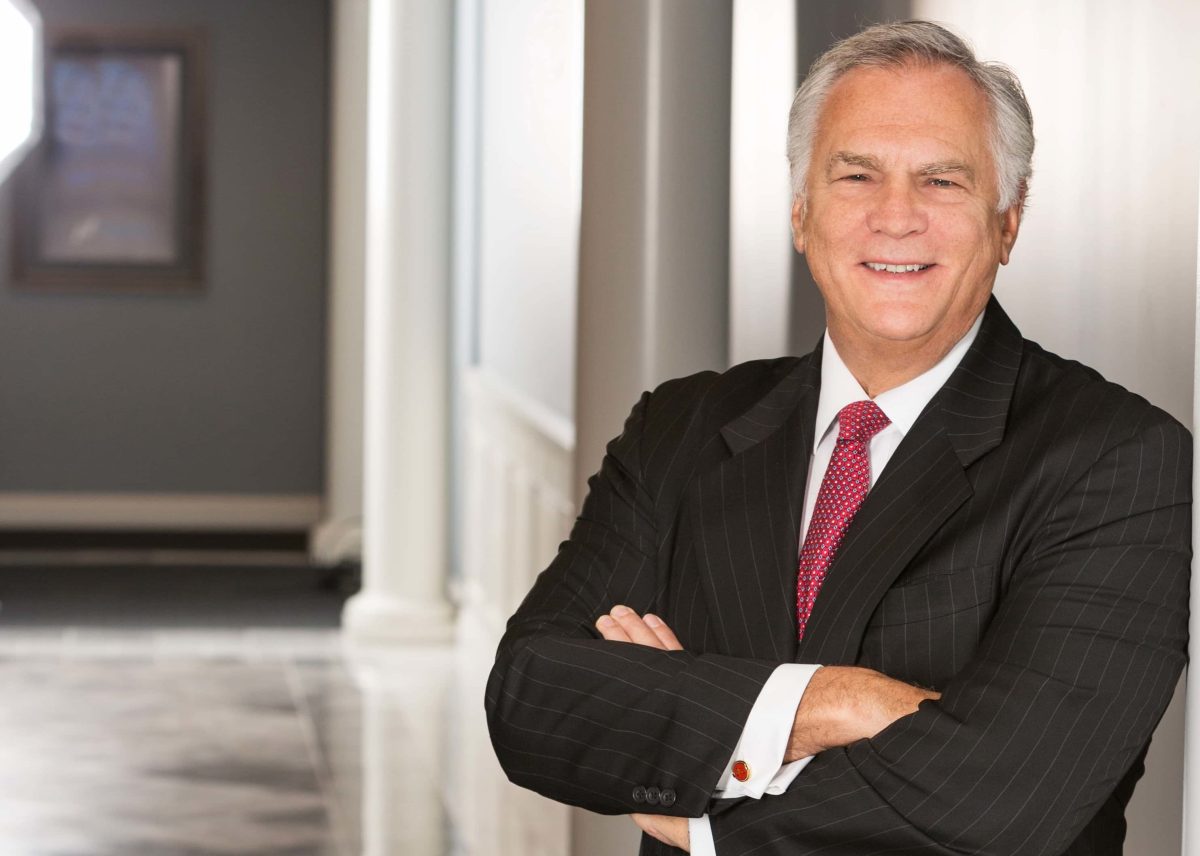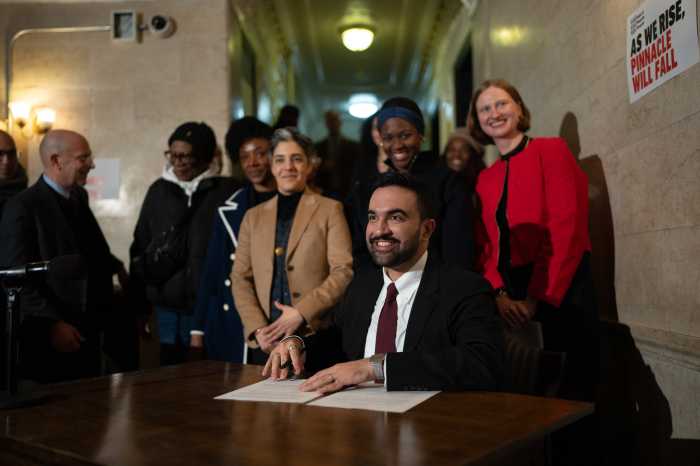"Anna Christie," Eugene O’Neill’s
moody, ironic, tragic and ultimately redemptive work was from
its very beginnings surrounded by ambivalence and uncertainty.
Under its original title, "Chris Christopherson," the
play failed in 1920. Revised and re-titled as "Anna Christie,"
the play opened at the Vanderbilt Theatre on Nov. 21, 1921, where
it had a long run and received great critical acclaim.
Although "Anna Christie" earned O’Neill his second
Pulitzer Prize, the playwright eventually repudiated his work,
making light of its importance and claiming that audiences had
mistakenly believed it ended on a happy and optimistic note.
One can only judge what O’Neill would have thought had he been
alive when George Abbott made the play into the musical comedy,
"New Girl in Town," in 1957.
However, there certainly is nothing equivocal about the quality
of the Gallery Players’ current production of "Anna Christie."
Directed by Laura Josepher, it features a first-rate cast of
actors who exhibit an extraordinary range of emotion from quiet
fury to raucous anger and from tender love to harsh disgust.
When "Anna Christie" first hit the New York stage,
it caused quite a commotion, for both its explicit language and
gritty subject matter. Today it seems quite tame.
Anna (Caroline Strong), who has been raised by her aunt and uncle
on a farm in Minnesota where her sea captain father, Chris Christopherson
(Dale Fuller) sent her so she would not be corrupted by "Dat
old davil sea," seeks refuge with her father after years
of working as a prostitute in St. Paul. Her downfall had been
precipitated by abuse, boredom and her cousin, who had either
seduced or raped her – O’Neill is not clear which.
Onboard her father’s barge at port in New York City, she meets
an Irish sailor, Mark Burke (William Peden) whom Christopherson
rescues one night. Burke and Anna fall in love.
Their love, however, faces considerable obstacles. Christopherson
opposed the marriage because Burke is a sailor and an Irishman
to boot. Anna dares not tell Burke about her shameful past.
The battle of wills and wits that ensues is O’Neill at his very
best. In fact, many consider the character of Anna Christie one
of O’Neill’s best drawn – which says something for an author
known for his realistic portrayal of anguished women (Abbie in
"Desire Under the Elms," and Christine and Lavinia
in "Mourning Becomes Electra").
Strong takes full advantage of O’Neill’s skillful use of language
to produce a character that arouses both sympathy and respect.
Anna says she has been weak, but we know she is strong. She says
she has done wrong, but we know she is honorable.
Playing opposite Strong, Fuller and Peden mimic the speech and
stance of sailors so well we can almost smell the salt. And they
are not afraid to bring out O’Neill’s use of ironic humor.
Under Josepher’s direction O’Neill’s well defined characters
each take an equal share in the tragedy of circumstance and the
triumph of love that is the basic theme of the play. Each turn
their vernacular speech into a kind of poetry that fortifies
O’Neill’s harsh view of life – Christopherson with his broken
Swede’s English and his broken dreams, Burke with his Irish brogue
and florid language, Anna with her loose tongue that is a product
of her wayward past.
The play is in three acts, which allows ample time for the crew
to create set designer Kaori Akazawa’s three evocative settings
– a saloon near South Street in New York City, the stern of the
barge, and the cabin of the barge. All under the gloomy, foggy
skies of New York Harbor.
O’Neill’s "Anna Christie" is a piece of verbal drama
with no bells and whistles – just incredibly sensitive dialogue
that is both effective and affecting. At a time when many playwrights
try to compete with film by using weak stage imitations of cinematographic
special effects, the play is refreshingly simple. Happily, the
Gallery Players have delivered it to us with no forced twists
of inexplicable interpretations – just the play reaching straight
for the heart.
’Wizard of Oz’
When MGM released "The Wizard of Oz" in 1939, Europe
was on the brink of World War II, and the United States was deep
in the Great Depression. Today the world is in a recession and
the United States is deep in a war on terrorism. And "The
Wizard of Oz," with its tale of searching for something
missing in one’s life only to find out it was there all along
is every bit as comforting to our bruised and frightened souls.
The Heights Players undoubtedly planned to produce their "Wizard
of Oz" long before the events of Sept. 11. But we can only
thank them for their serendipitous choice.
The production is a mostly faithful stage adaptation of the classic
movie. Dorothy (Candice Alfonso) has Judy Garland’s braids, diminutive
but obviously adult stature, and something of her expressive,
alto voice. The Cowardly Lion (Jonathon Siregar) mimics Bert
Lahr’s pronunciation to a T. The Wicked Witch (wickedly played
by Judith Meehan) is that same nauseating green.
The only major change seems to be the splitting up of the Hunk/Scarecrow,
Zeke/Cowardly Lion, and Hickory/Tin Man roles. There’s no obvious
reason for this, and it only takes away from the clever unity
of the play.
But for the most part, director Ellen Weinstein-Pittari has operated
under the theory that if it ain’t broke don’t fix it, and has
wisely changed nothing. What she has done is create dazzling
and delightful entertainment for the entire family.
Many of the actors in "The Wizard of Oz" are veteran
Heights Players. Marilyn Beck (Aunt Em) has performed in numerous
family theater shows including "Alice in Wonderland."
Victor Barranca (Professor Marvel/Wizard of Oz) has already shown
his skill in the role of a wise old man in "Miracle on 34th
Street." Bill Wood (Tin Man) who has been directing and
designing sets (including the one for "The Wizard of Oz")
for more than 20 years, has appeared all too infrequently in
productions such as "How to Succeed in Business Without
Really Trying."
There’s also a sizeable contingent of newcomers, especially among
the younger set making up the Munchkins, the Lollipop Guild and
the Lullabye League – Megan Dinnerstein, Emma Hoite, Katie Maillet
in the Lullabye League, Tahira Khalid (Munchkin Barrister), Alejandro
Kolleeny in the Lullabye Guild, and Sandy (Toto), a 2-year-old
Cairn terrier who has a fine future waiting for him as soon as
he gets his Equity card.
Many talented youngsters are also returning to the Heights Players
– Jonas Barranca (Munchkin Mayor) who has performed in "Frankenstein,"
among other shows; Nathaniel Barr, who was seen last season in
"Tom Sawyer;" Lou Contrino (Lollipop Guild) who has
performed in "Gypsy"; and Sophia Maerowitz (Munchkin
Coroner) who was seen last season in "Carnival."
Lighting designer Robert J. Weinstein deserves credit for changing
drab Kansas into brilliant Oz, much as MGM did on film. And costume
designer Albert Walsh has stretched his imagination and ransacked
the wardrobe to dress the dowdy Auntie Em and the glamorous Glinda
the Good Witch (Stephanie Sparrow), the cute little Munchkins
and the horrid crows, and of course the furry Cowardly Lion,
the silvery Tin Man and the straw-stuffed country bumpkin the
Scarecrow.
Best of all, this "Wizard of Oz" is not somewhere over
the rainbow. It’s right here in Brooklyn Heights. So get the
whole family together and start singing "We’re off to see
the wizard."
"Anna Christie" plays through
Dec. 16, Friday and Saturday at 8 pm, Sunday at 3 pm. Tickets
are $15, $12 for seniors and children under 12. The Gallery Players
theater is located at 199 Fourth St. For reservations, call (718)
595-0547.
"The Wizard of Oz" plays through Dec. 16, Friday and
Saturday at 8 pm, and Sunday at 2 pm. Tickets are $15, $13 seniors
and students. The Heights Players theater is located at 26 Willow
Place. For reservations, call (718) 237-2752.


